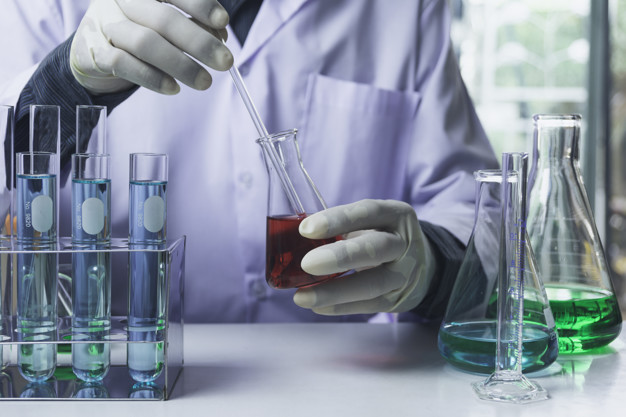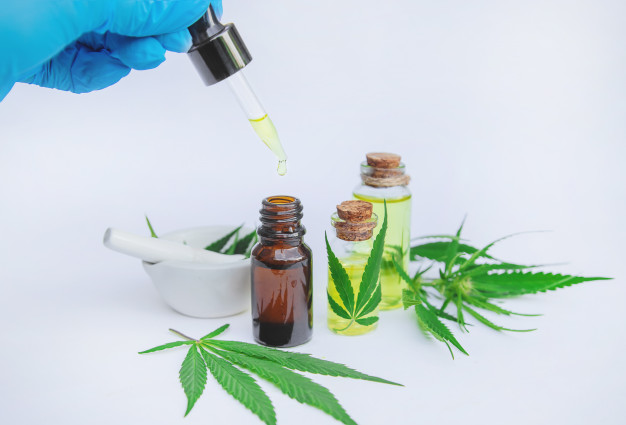A Guide to Selecting Chromatography Vials for Your Laboratory

While choosing the right chromatography vials for your laboratory, it’s essential to keep some basic factors in mind. For some, it’s just a temporary vessel to hold chemical samples. However, the right container goes a long way in ensuring accurate results.
The material and quality of chromatography vials play a key role in each chemical process. Each vessel is developed for a specific process and should be used accordingly.
If you’re looking for the right laboratory vials for your laboratory, here’s a complete guide to finding one.
Why Do You Need Glass Vials?
Glassware is a common laboratory supply due to its non-reactive nature. They preserve the integrity of ingredients and chemicals while protecting it from contaminants.
Glass is a stable compound and therefore, more chemically compatible with reactive substances and solutions. They come in a variety of shapes to facilitate different procedures. These vials also serve dedicated purposes, depending on their type.
Clear glass vials allow visibility; plastic-coated vials help avoid dangerous spills. Some common glassware used in laboratories are the Boston rounds, straight-sided glass and wide-mouth rounds.
Are Plastic Vials Necessary?
Plastic containers have their own importance when it comes to managing chemical compounds. They’re lightweight and shatterproof. These containers are made of polymethyl pentene (PMP), are transparent and have a high heat resistance of up to 175 degrees Celsius.
Plastic provides safety and is resilient to shock, which makes it ideal for preserving chemicals. They’re available in different materials such as PET, HDPE and PVC, depending on the grade of the vessel. The grade signifies the application of the plastic. Plastic bottles made from HDPE doesn’t leach chemicals are suitable for use by chemists.
Colored Laboratory Vials:
Laboratory containers—whether glass or plastic—can be clear or amber in color. The selection of the color depends on the process you’re conducted. Colored glass or plastic protects the contents of the vessel from UV light.

Such containers are used for light-sensitive compounds that change their physical and chemical composition when exposed to UV rays. In addition, amber glass vials have a high-resistance to heat as compared to clear glass vials.
The Takeaway
The above-mentioned information will help you invest your money in the right place when buying containers and vessels for your laboratory. If you’re looking for reliable suppliers to purchase your next stock of chromatography vials, contact Premium Vials.
We offer high-quality clear as well as amber glass and plastic bottles for laboratories and pharmaceutical companies. Call us at (888) 545-3117.
Recent Posts
-
Why Should You Choose Amber Glass When Packaging Beauty Products?
Designing a line of beauty products is no simple task. So many details go into planning and crafting …7th Jul 2022 -
Candle Supplies - The Benefits of Using Tins for Your Candle Business
Candle business is a fantastic way to turn a hobby into an extra income stream. For those willing an …7th Jul 2022 -
Customize your packaging and protect your products during shipping
Customize your packaging and protect your products during shipping. Our custom partitions are made i …5th Jul 2022



